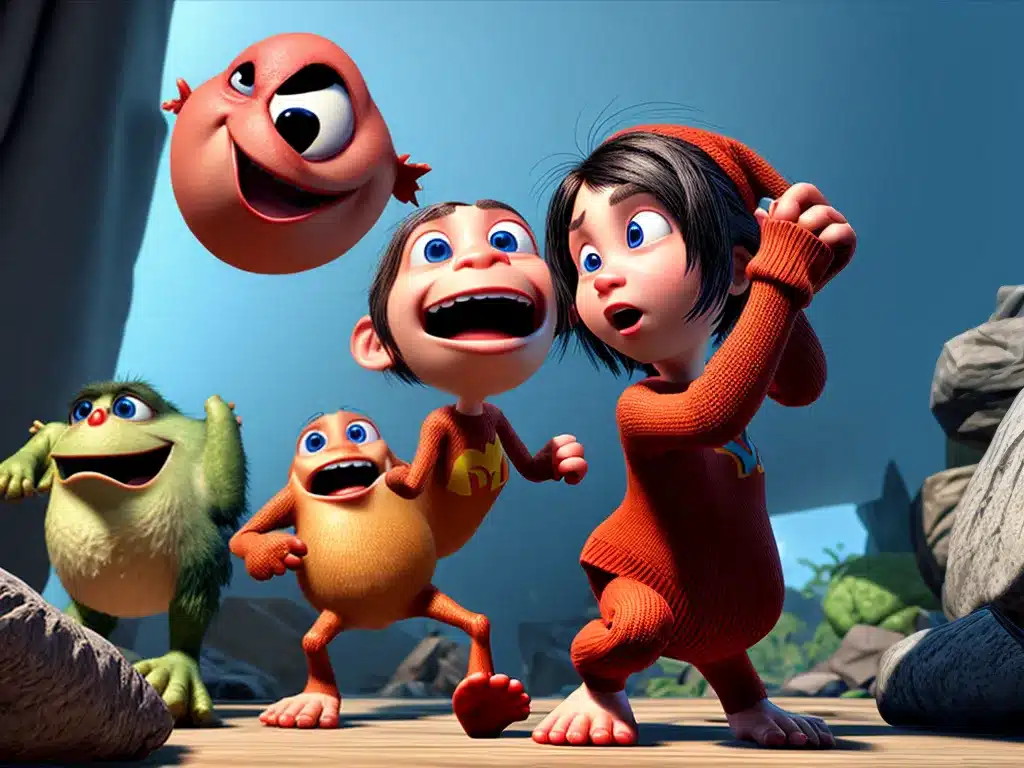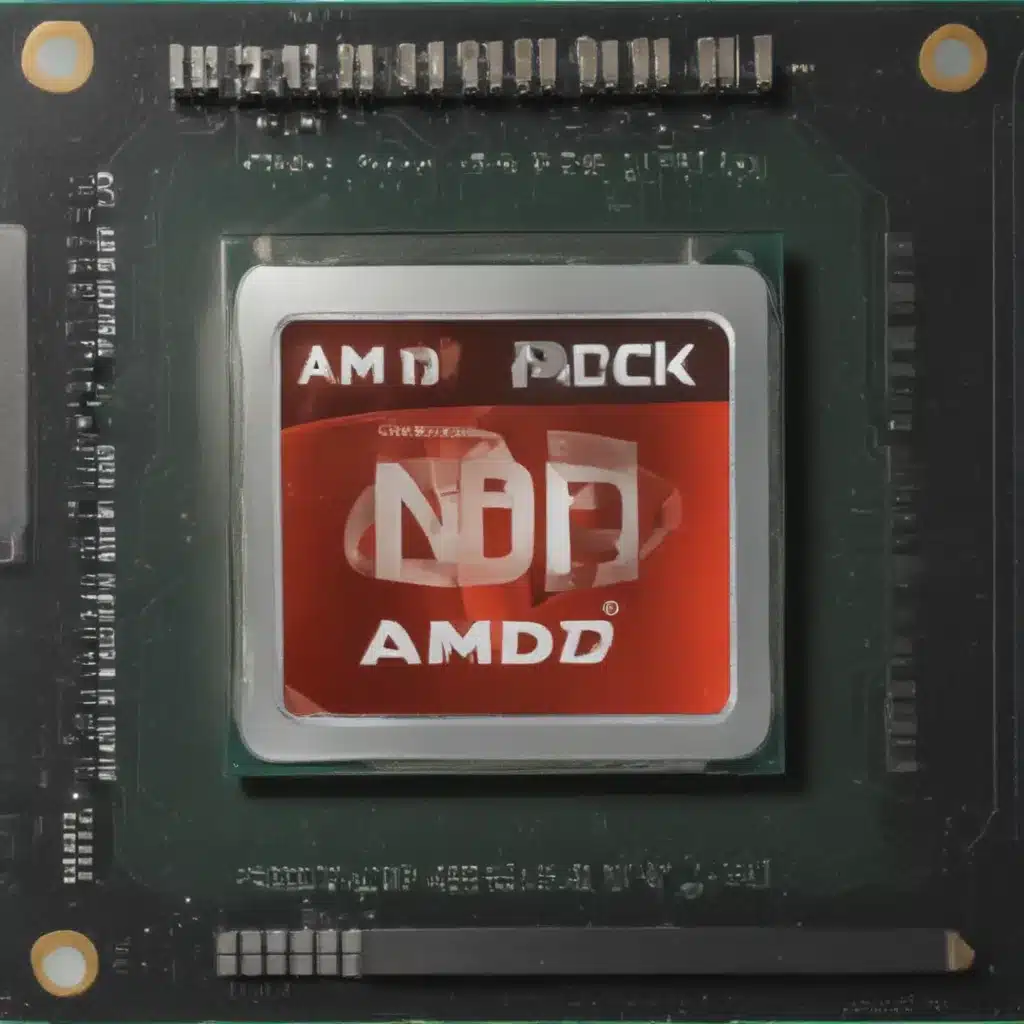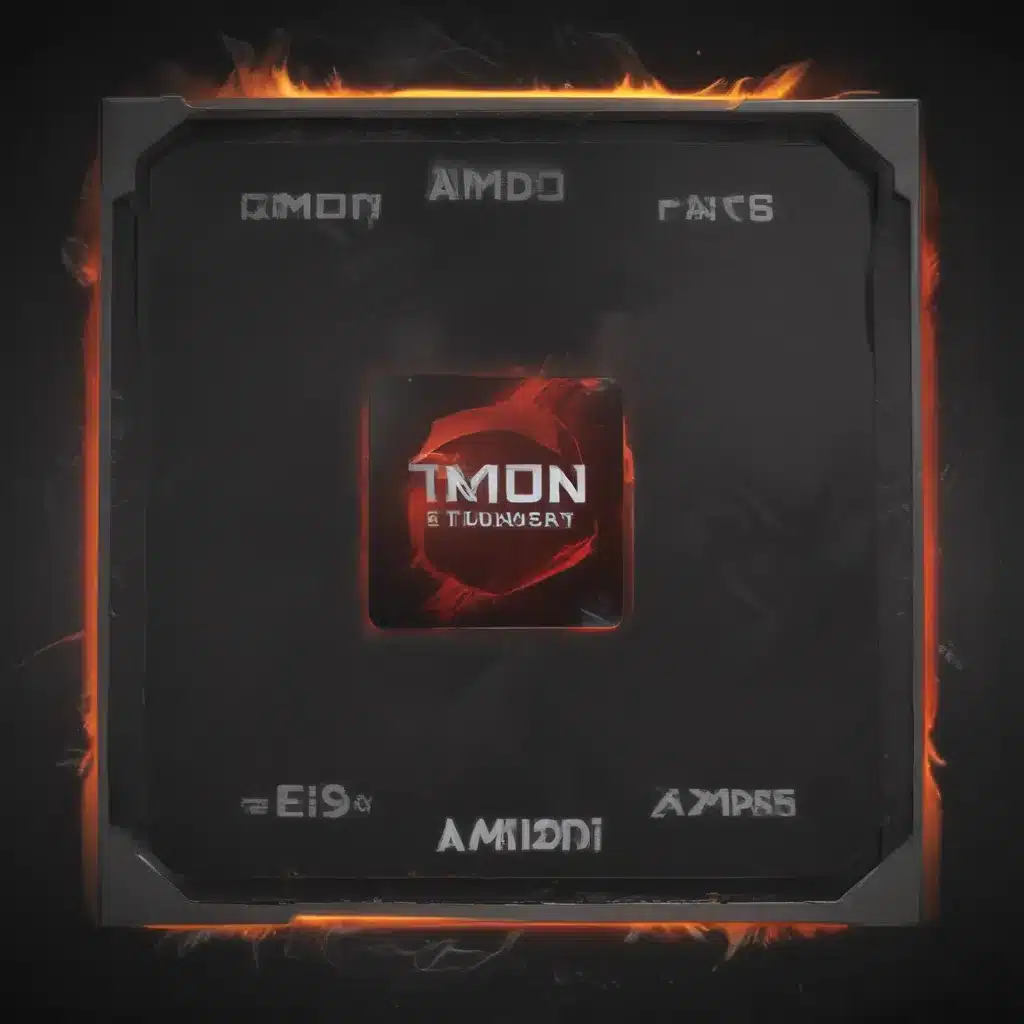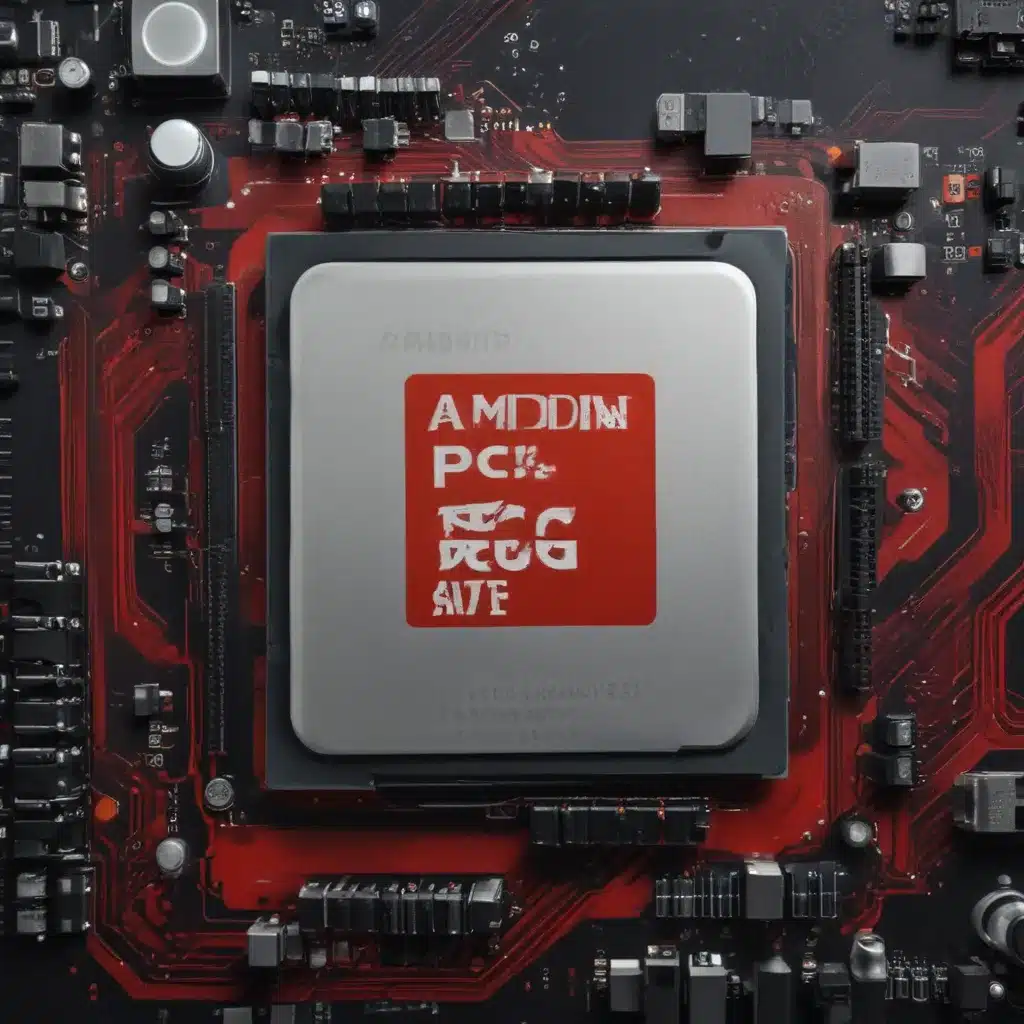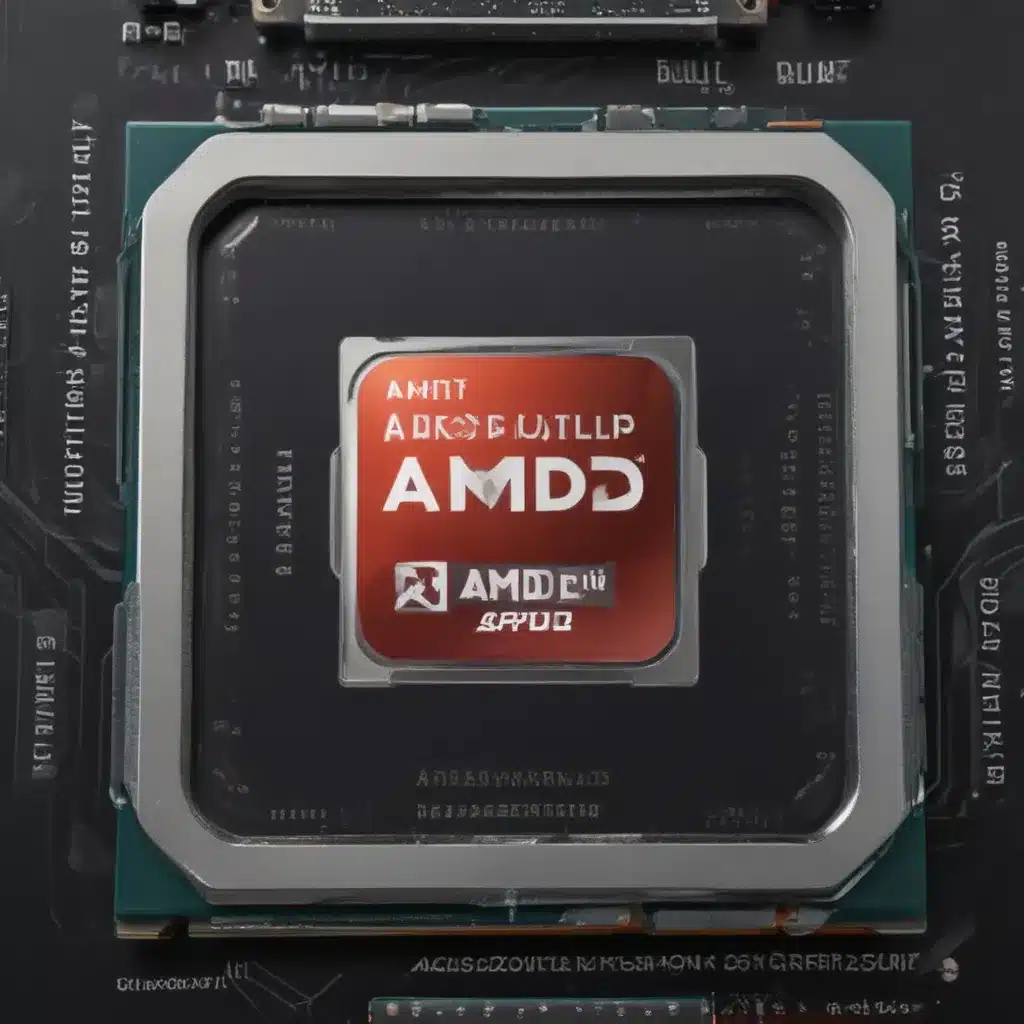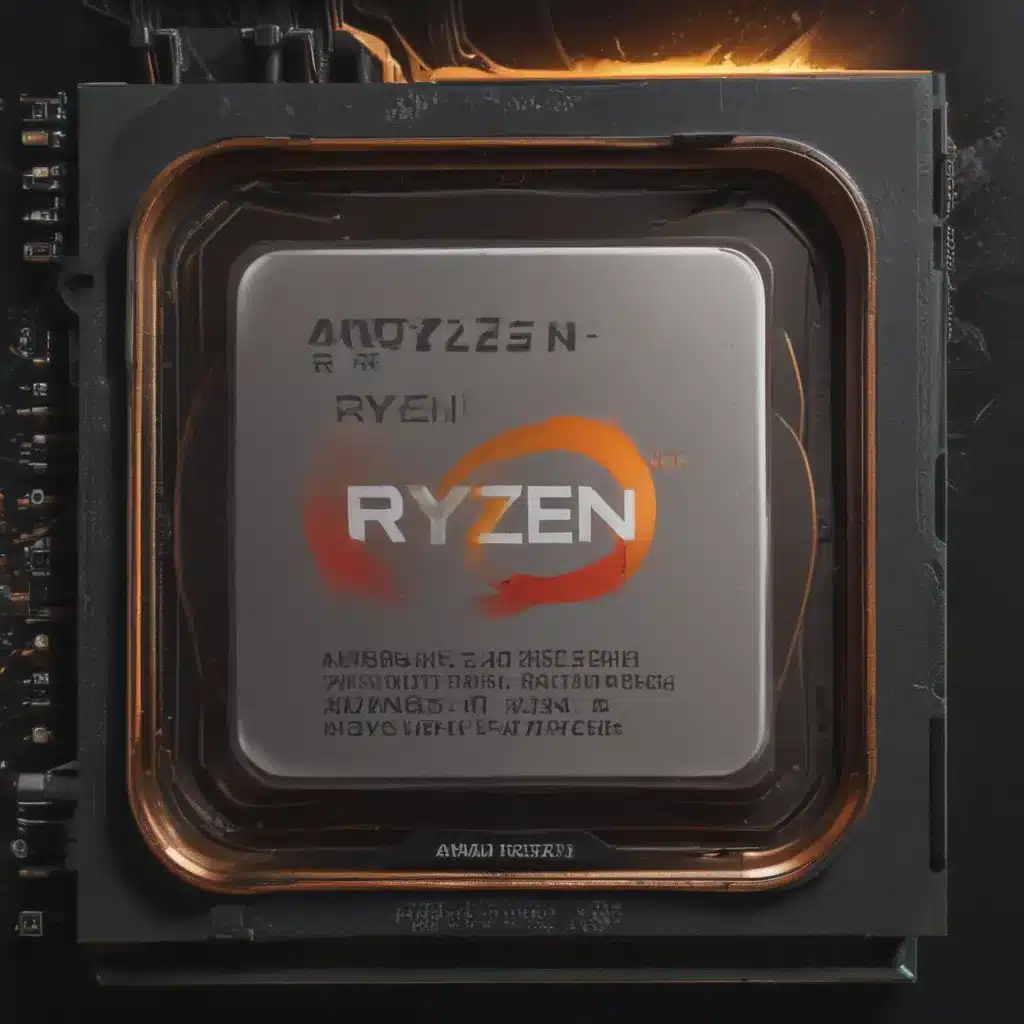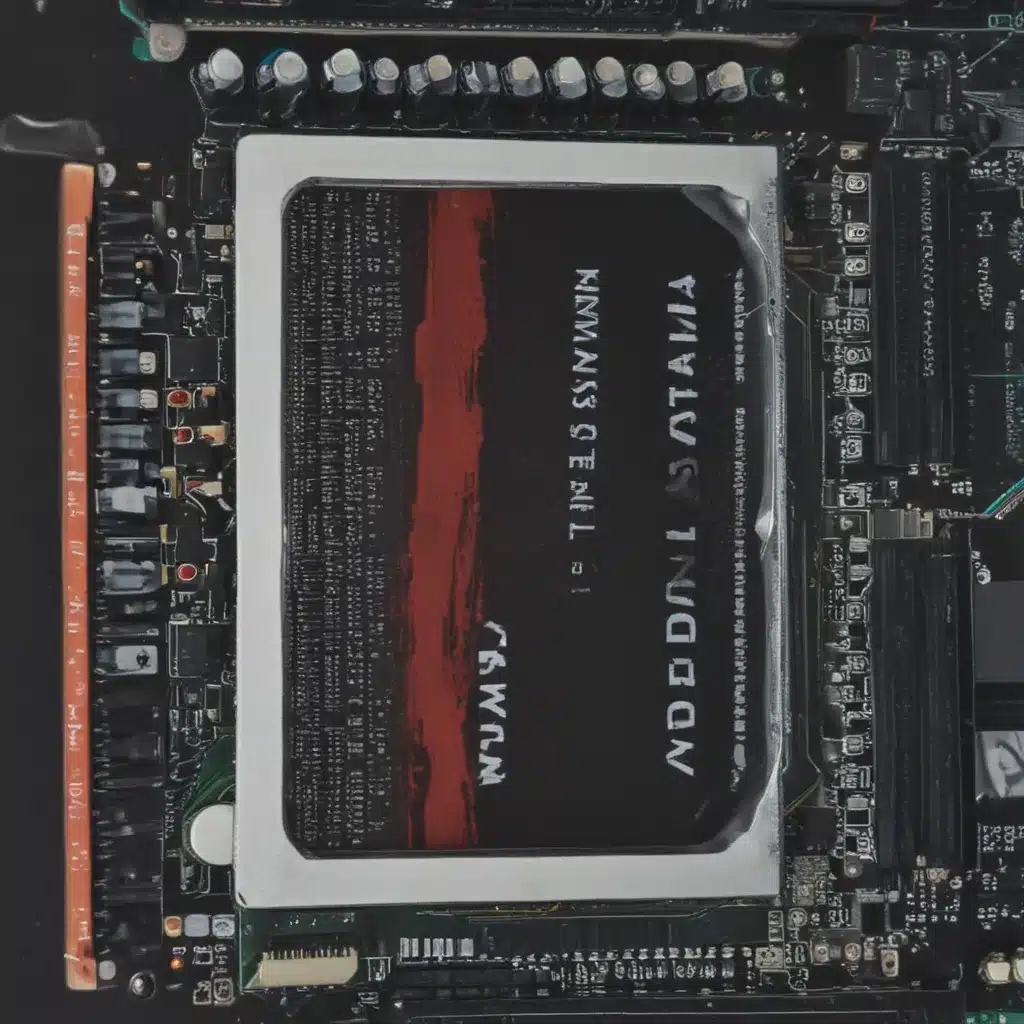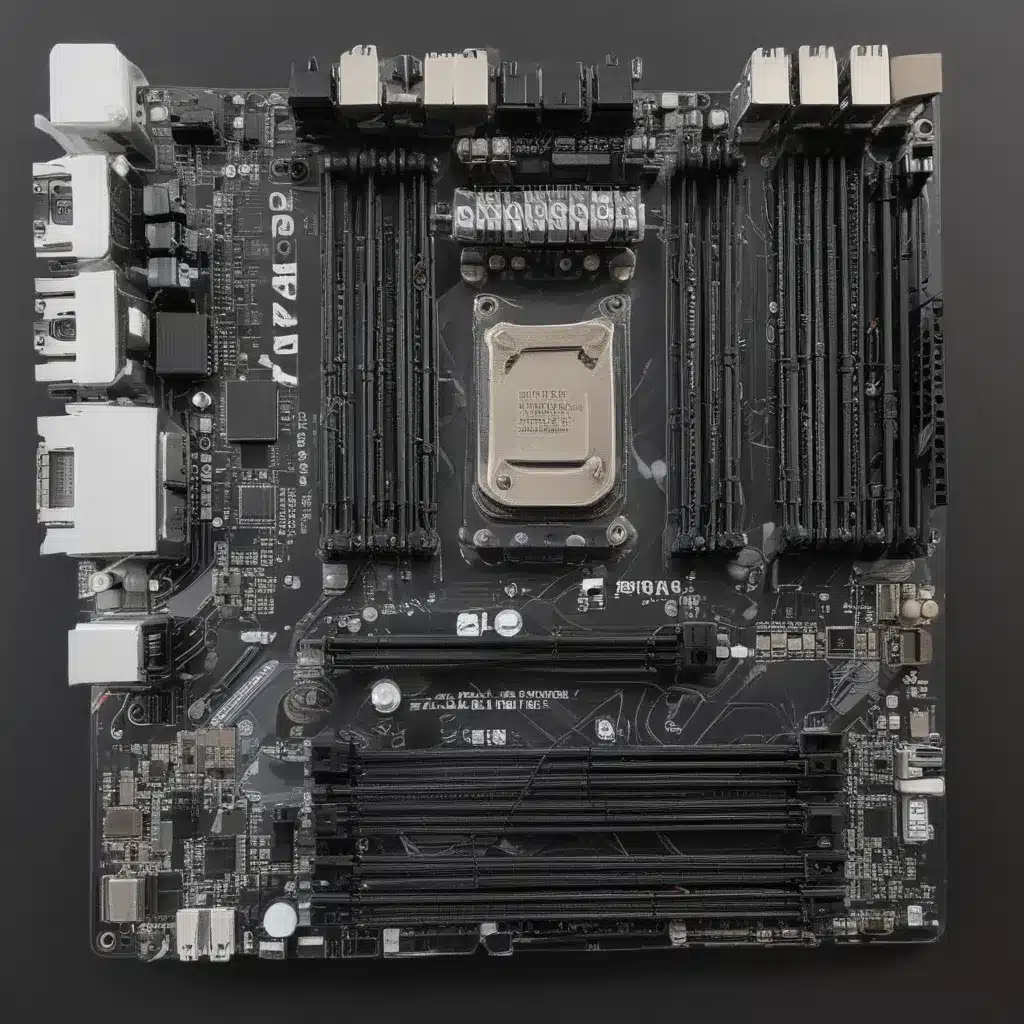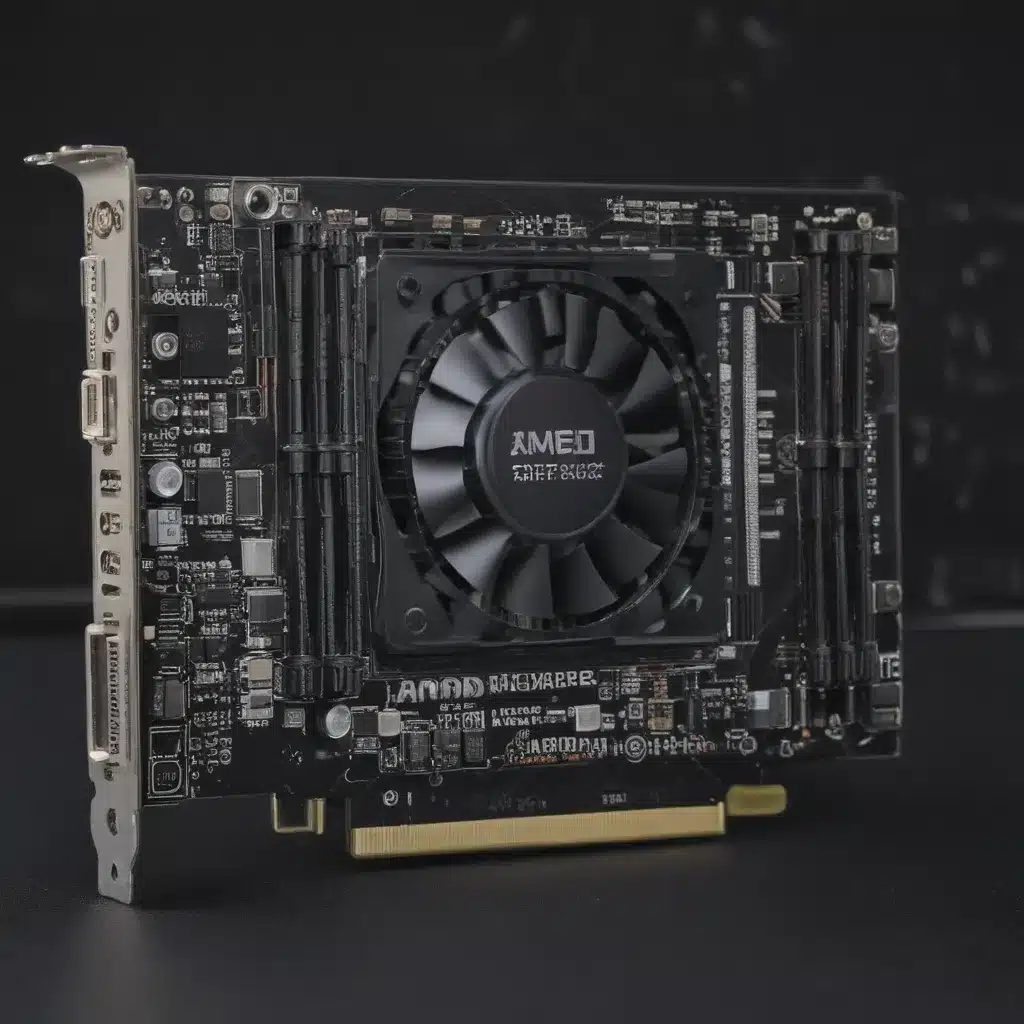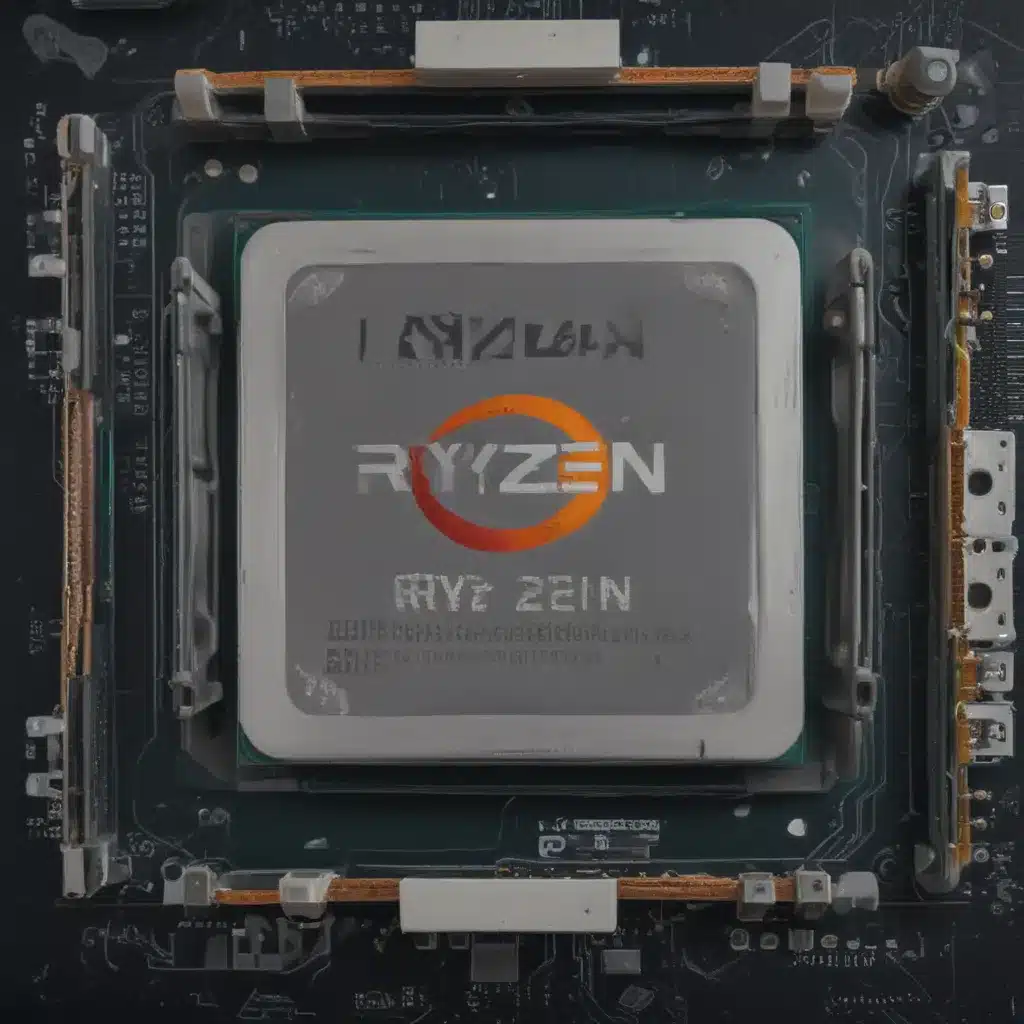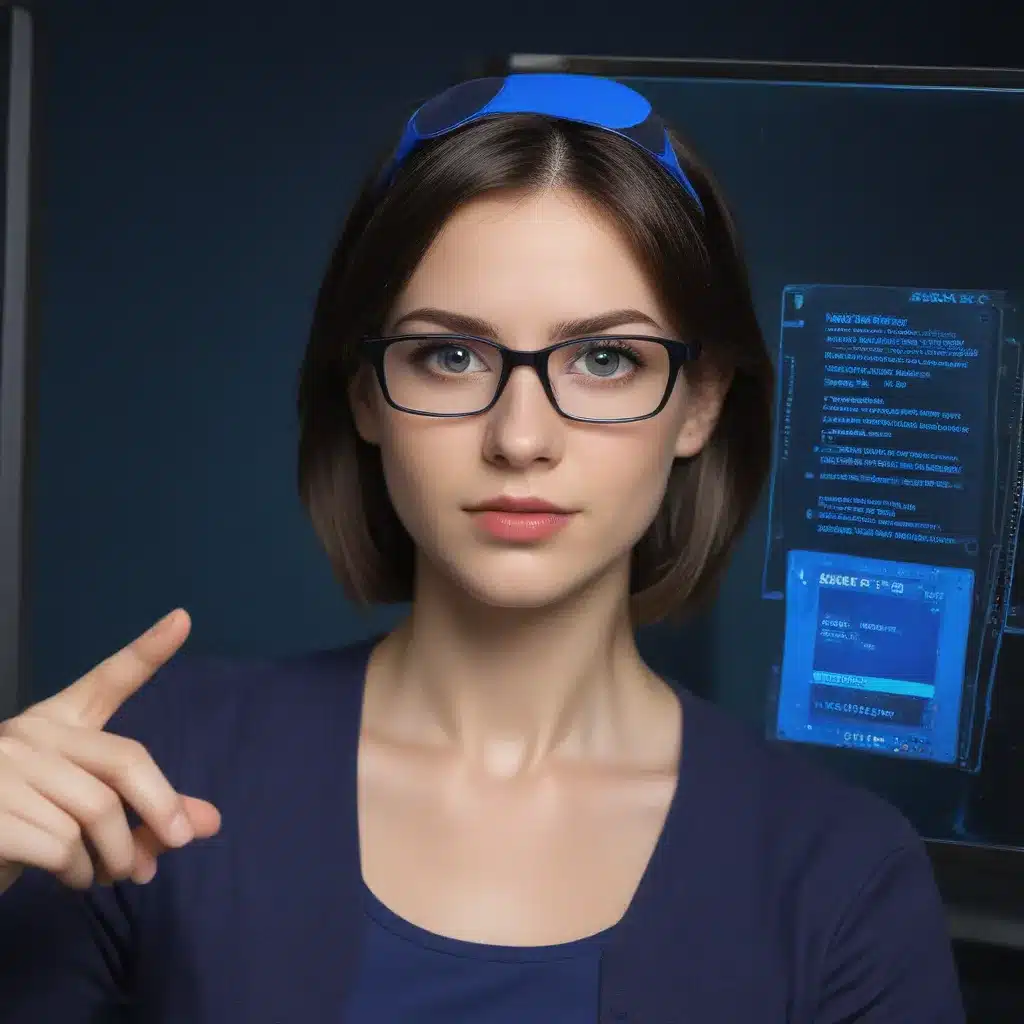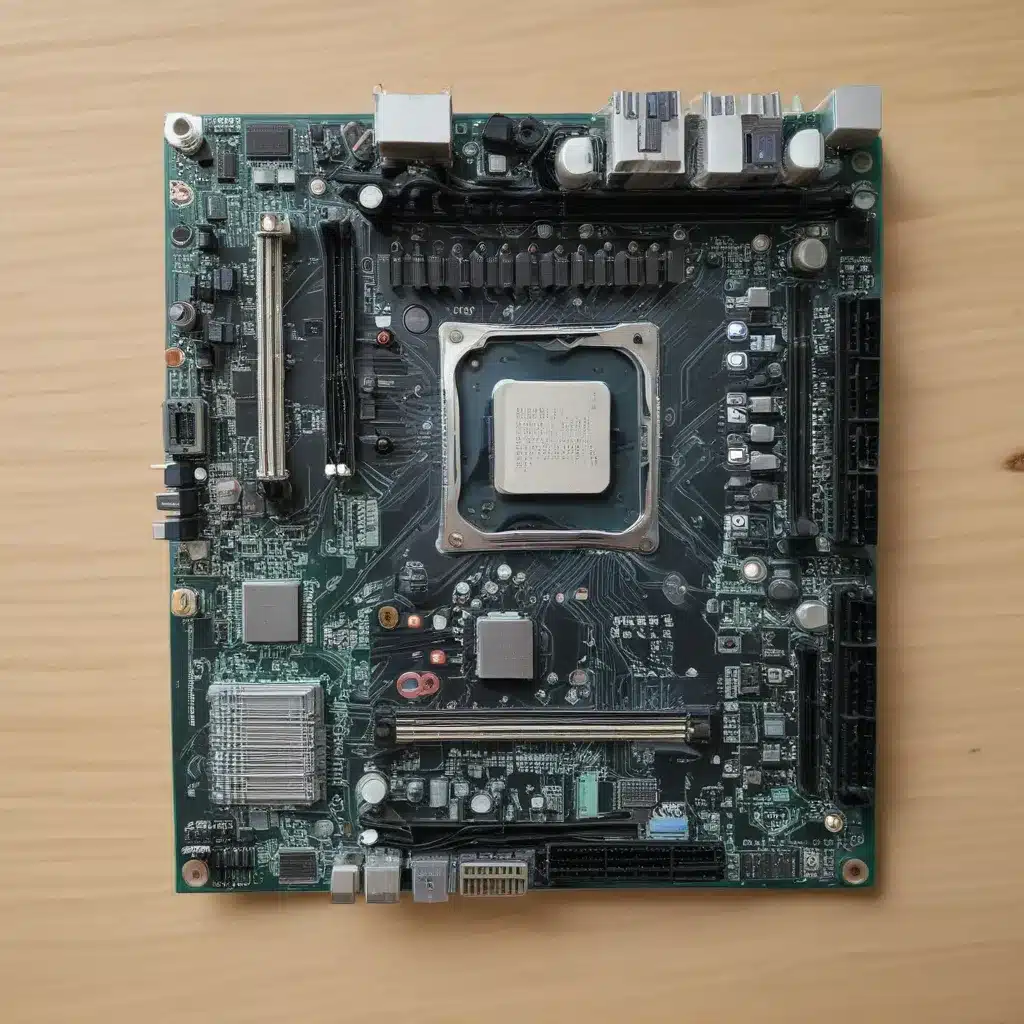The idea of video games featuring photorealistic, Pixar-quality computer generated imagery (CGI) is an exciting prospect for many gamers. As graphics technology continues to advance rapidly, this vision is coming closer to reality. In this article, I will explore what Pixar-quality graphics could bring to games and consider some of the possibilities and challenges of implementing this level of visual fidelity.
What Are Pixar-Quality Graphics?
Pixar Animation Studios is renowned for producing CGI animated films with incredibly lifelike visuals. Films like Toy Story, Finding Nemo, and The Incredibles feature richly detailed 3D environments and characters that look almost real.
Some key characteristics of Pixar-quality CGI:
-
High polygon counts – 3D models in Pixar films have millions of polygons, allowing for smooth, intricate surfaces and details. Game characters today often have only tens or hundreds of thousands of polygons.
-
Advanced materials/shaders – Materials in Pixar films have complex shaders that mimic real-world properties like metal, skin, water, etc. This makes surfaces look authentic.
-
Global illumination – Light bounces realistically around scenes, creating accurate lighting, shadows, and reflections. This grounds CGI in reality.
-
High resolution textures – Hyper-detailed textures add realism to surfaces like skin, wood, stone, etc. Most game textures today are 1K or 2K resolution. Pixar likely uses 8K or 16K.
-
Realistic animation – Characters move with fluid, lifelike motion. This sells the realism. Game animation can still look slightly robotic at times.
Potential Benefits for Games
Here are some of the ways games could potentially benefit from Pixar-level visuals:
-
Immersion – More realistic graphics increase immersion in game worlds, enhancing engagement.
-
Emotion – Subtle facial animations and lifelike characters allow for richer emotional experiences and connections.
-
Artistic freedom – Anything imaginable could be rendered realistically, supporting more creative game worlds.
-
Visual impact – Dramatic, cinematic moments in games would have incredible visual impact.
-
Consistency – A single, filmlike visual standard could be used for all assets rather than mixing stylized and realistic.
Challenges to Overcome
Implementing Pixar-quality graphics in real-time games presents enormous technical challenges:
-
Performance – The incredibly complex assets would require huge amounts of processing power. Maintaining high, stable framerates would be difficult.
-
Production resources – Vast artist hours would be needed to hand-craft sets, characters, textures, animations, etc. This level of detail is costly.
-
Memory – The quantity of high resolution textures and 3D data would likely exceed the memory of current gaming hardware. Clever optimization and streaming would be needed.
-
Rendering techniques – Many advanced rendering techniques used in CGI films may be too compute-intensive for real-time rendering on consumer gaming hardware.
-
Dimensions – Pixar-level assets up close may expose the flaws and limits of CGI. Traditional game cameras pull back from assets, hiding imperfections.
The Road Ahead
While Pixar-quality graphics in games may still be some years away from realization, the steady march of technology will continue to bridge the gap between pre-rendered CGI and real-time graphics. As next-gen hardware like the PS5 and Xbox Series X mature, we can expect realism and detail to improve significantly. Advanced rendering techniques like ray tracing are also beginning to enhance in-game visuals.
The prospect of playing interactive stories within Pixar-esque worlds is an exciting one. Truly movie-quality CGI would allow games to tap into the emotive power of photoreal visuals, unlocking new storytelling possibilities. While the technical hurdles are immense, with time, emerging technologies will bring us closer to this graphics holy grail.

